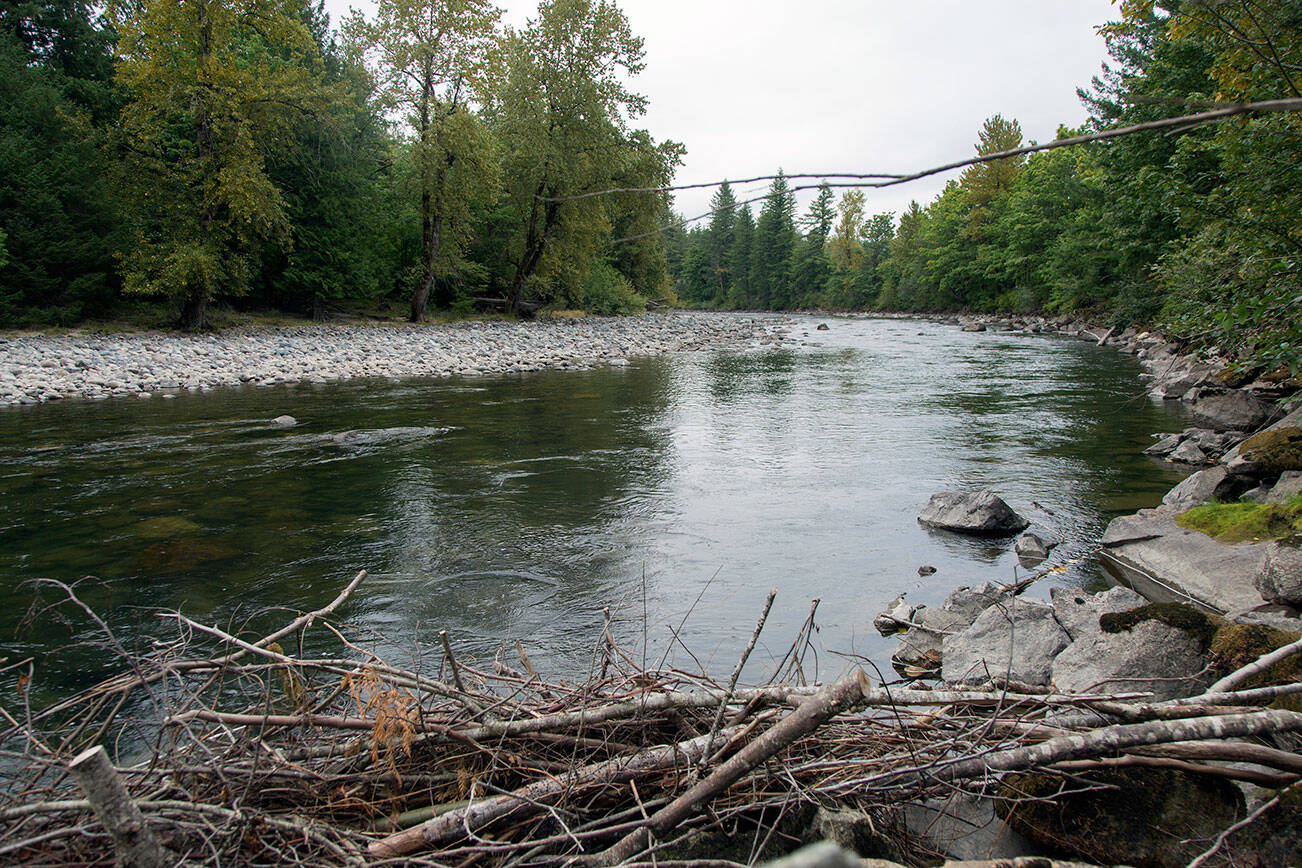After nearly three months, the City of North Bend has ended its annual water conservation ordinance for 2021.
The ordinance, which is in its second year, begins in stage one each August and sets restrictions on water usage for city residents and those who use city water.
If levels at Chester Morse Reservoir Masonry Pool reach certain low points, the city moves into more restrictive stages two and three. The goal of the ordinance is to preserve water levels in the Snoqualmie River.
Despite historically dry conditions, the city remained in the first stage of the ordinance this year. The city’s water levels were kept healthy in part because of heavy winter snowfall in the mountains that caused high levels of snowpack melt.
When the ordinance was first passed by the city council in June 2020, a private consultant said the ordinance, alongside fixing the city’s distribution system leakage (DSL), would ensure water supplies for the city over the next decade.
DSL was one of the four priorities the city outlined in its 2020 Water System’s plan. The city needed to increase water supply and curb demand for mitigation water. The city’s DSL has been consistently high since at least 2009.
DSL measures the amount of water taken from a source that escapes the system, such as during a leak, before reaching its intended destination.
Washington law requires that cities have a maximum three-year rolling average leakage of 10% or less. When a city is above that, they are required by law to perform a water loss control action plan.
Between 2009 and 2019, North Bend’s three-year rolling average DSL ranged between 14.9% and 22.4%.
The city had a goal of reducing its single-year system drainage leakage to 10% by 2015, according to its water plan, but only reached 12%.
Every year between 2016 and 2019m the city’s three-year rolling average leakage has increased. As of 2019, the city reported a three-year average leakage of 22.4% and a single year leakage of 25.9%.
However, the city has made improvements. This past summer, it fixed 35 minor water system leaks, which it predicts could lower its leakage by 5-10% between the 2021-2022 and 2022-2023 calculation. This could get them near the 10% state standard.
“[The fixes] should get us pretty darn close,” said Mark Rigos, the city’s public works director. “There were 35 fairly minor leaks, but they add up.”
Rigos said although the city won’t have complete data until the end of 2021, he expects the city’s DSL to drop by late 2022 or early 2023. The city is still following the goal, outlined in its water plan, of reaching a 10% yearly DSL standard by 2026 and a three-year rolling average of 10% by 2028, Rigos said.
In North Bend, it is often more difficult to find leaks than it is in the rest of the county, Rigos said.
“A lot of leaks aren’t visible to the naked eye,” he said. “Our soils drain so well, there’s a lot of air voids. When it leaks in other cities, it’ll bubble up to the surface because the bedrock is so shallow, but in North Bend it’s a lot deeper.”
Fixes to Hobo Springs, the city’s sole mitigation source for the Centennial Well, also saw upgrades this summer. Alongside the Seattle Public Utilities (SPU), the city expanded Hobo Springs to allow for greater mitigation capacity.
“Really what we did is there are 15 to 20 springs at Hobo Springs, and primary mitigation was only connected to five or 10 of those springs, so the expansion added between five and 10 springs,” Rigos said.
The city is required by its well permit to haveamitigation source for the Centennial Well because it shares the same groundwater that feeds the Snoqualmie River. In its 2020 Water Systems plans, the city said that during peak summer demand, if there is a drier year, Hobo Springs would be just at or below required capacity to mitigate the Snoqualmie River.
In 2015, a dry year, the city was unable to fully mitigate water taken from the Centennial Well. However, the city said the lack of mitigation water was not solely climate driven, as Seattle Public Utilities was performing a capital construction project that required lowering of the water level of the masonry pool.
Rigos said the city will next work to replace several miles of water mains that are between 60 and 80 years old.
“We’ve still got a lot of stuff to do,” he said. “The work’s never done.”


